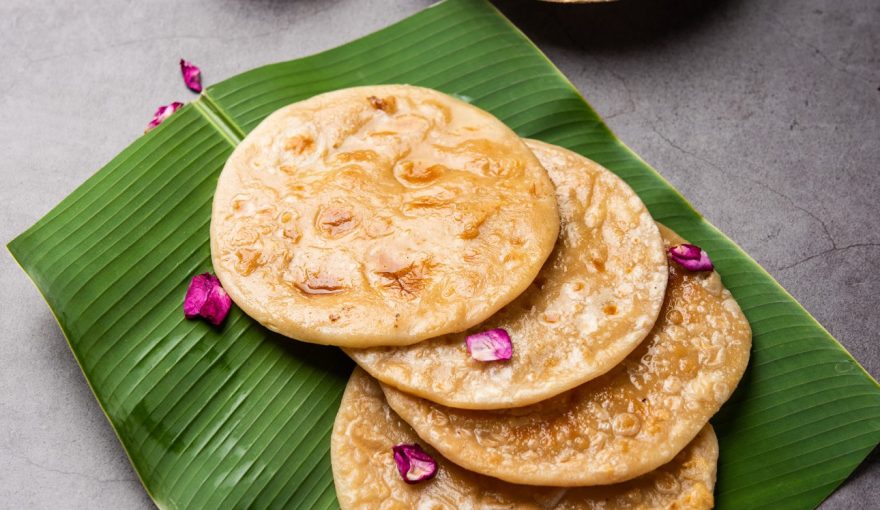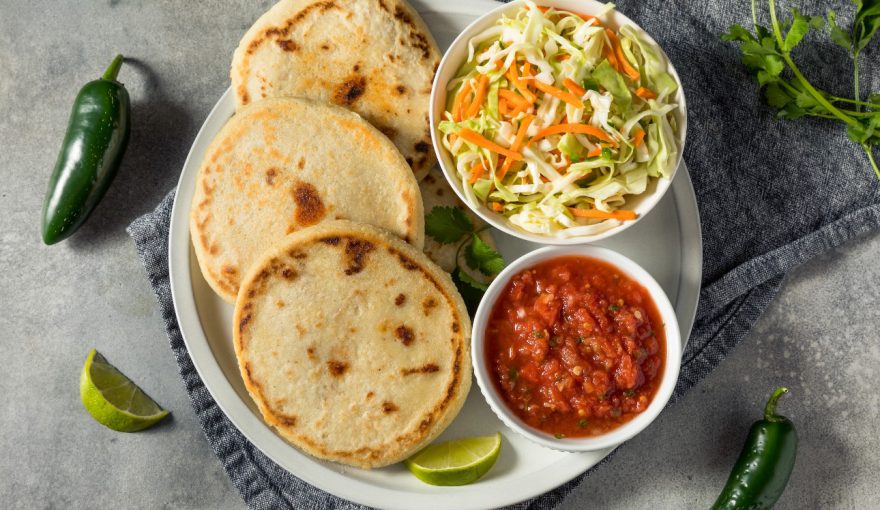The History of Pupusas: A Bite of Heaven
Pupusas are a beloved dish that has earned its place in the hearts of many food enthusiasts around the world. This traditional Salvadoran delicacy offers a delectable taste of history and culture with every bite. Let’s explore the origins, cultural significance, and the journey of pupusas from ancient times to modern-day kitchens.
Origins of Pupusas
Pupusas have a rich history that dates back to pre-Columbian times. The indigenous Pipil people of El Salvador are credited with the creation of this culinary delight. Archaeological evidence suggests that pupusas were being made and enjoyed as far back as 2000 years ago. Originally, pupusas were crafted using nixtamalized corn dough and were filled with a variety of ingredients available to the indigenous people, such as squash, beans, and herbs.
The Evolution of Pupusas
Over the centuries, pupusas have evolved, incorporating new ingredients and techniques as different cultures influenced El Salvador. With the arrival of the Spanish in the 16th century, new ingredients such as pork and cheese became available, leading to the creation of more diverse and flavorful pupusas. Despite these changes, the traditional method of making pupusas has remained largely the same, preserving their authentic taste and texture.
Cultural Significance
Pupusas are more than just a popular dish in El Salvador; they hold deep cultural and social significance. They are often enjoyed during family gatherings, celebrations, and community events, symbolizing unity and shared heritage. In 2005, the Salvadoran Legislative Assembly declared the second Sunday of November as “National Pupusa Day,” highlighting the importance of this dish in the country’s national identity.
Making Pupusas: The Art and Technique
The process of making pupusas is an art that has been passed down through generations. Here’s a glimpse into how these delicious treats are made:
– Masa Preparation: The dough, or masa, is made from nixtamalized corn flour, also known as masa harina, mixed with water to form a pliable consistency.
– Filling: Common fillings include cheese (quesillo), refried beans, and chicharrón (cooked pork). Other variations may include ingredients like loroco (a Central American flower bud) and vegetables.
– Shaping: The dough is divided into small balls, flattened, and filled with the desired ingredients. The edges are then folded over the filling and flattened again into a thick disc.
– Cooking: Pupusas are traditionally cooked on a comal, a flat griddle, until they develop a golden-brown crust on both sides.
Modern-Day Pupusas
Today, pupusas have crossed borders and are enjoyed by people around the globe. They are a staple in Salvadoran restaurants and have found a place in various international food festivals. Modern variations of pupusas cater to diverse palates, with fillings such as spinach, shrimp, and even vegan options, making this traditional dish accessible to everyone.
Enjoying Pupusas: Accompaniments and Serving Suggestions
Pupusas are typically served with curtido, a tangy and slightly spicy pickled cabbage slaw, and a mild tomato sauce. These accompaniments complement the rich flavors of the pupusas, adding a refreshing and zesty contrast. Here’s how to enjoy them:
– Curtido: This Salvadoran slaw is made from shredded cabbage, carrots, and onions, fermented with vinegar and spices. It provides a crunchy and tangy balance to the savory pupusas.
– Tomato Sauce: A simple, mild tomato sauce, often flavored with onions and garlic, is drizzled over the pupusas to enhance their flavor without overpowering the dish.
Pupusas are more than just a dish; they are a culinary tradition that embodies the history, culture, and spirit of El Salvador. From their ancient origins to their modern-day variations, pupusas continue to bring people together, offering a bite of heaven with each flavorful morsel. Whether you’re enjoying them at a local Salvadoran eatery or making them at home, pupusas are a testament to the enduring appeal of simple, yet profoundly delicious food.







